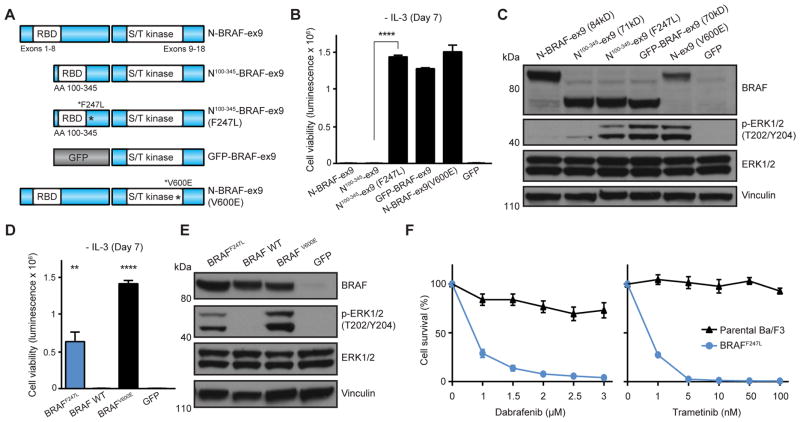Figure 5. BRAF fusion modularity and mutation studies.
(A) Schematic illustration and (B) activities in Ba/F3 of BRAF kinase domain (Exons 9–18) fused to BRAF AA100-345 with or without F247L mutation (mean luminescence, error bars denote standard deviation, N=3 respectively). GFP-BRAF-ex9 and N-BRAF-ex9 (V600E) = positive control; N-BRAF-ex9 and GFP = negative control. (C) Immunoblots of BRAF structural constructs expression and MAPK signaling activation in Ba/F3. (D) Ba/F3 cell survival assay of full-length BRAFF247L; shown mean luminescence, error bars denote standard deviation, N=3; BRAFV600E = positive control; GFP = negative control. (E) Immunoblots of expression of full-length BRAFF247L, wild-type BRAF, and BRAFV600E in Ba/F3. (F) Dose-dependent survival assays of Ba/F3 cells expressing full-length BRAFF247L treated with dabrafenib and trametinib for 72 hours (mean percentage of cell survival, error bars denote standard deviation, N=4 respectively). All p-values calculated by t-test; **, p<0.01; ****, p<0.0001.

